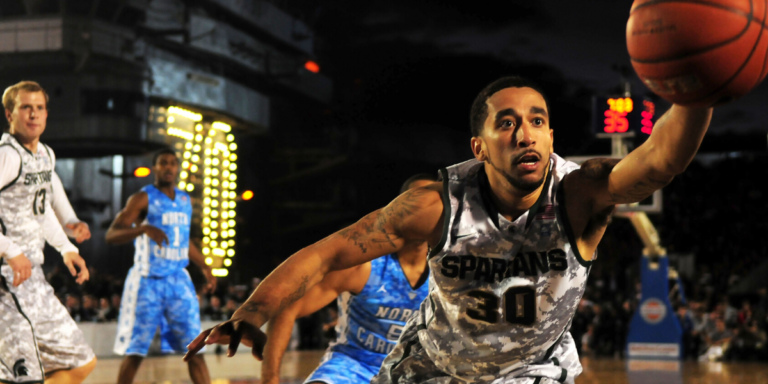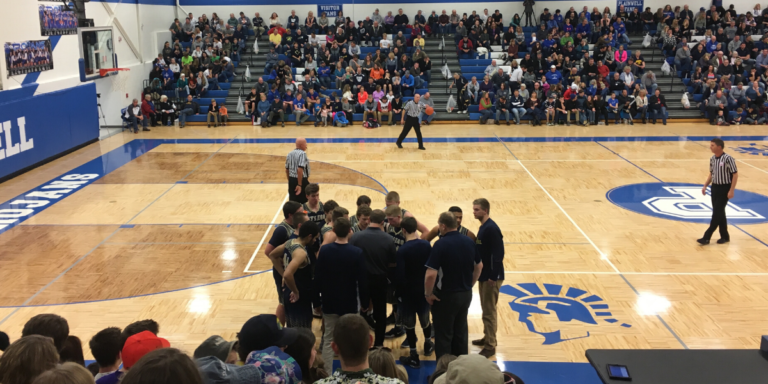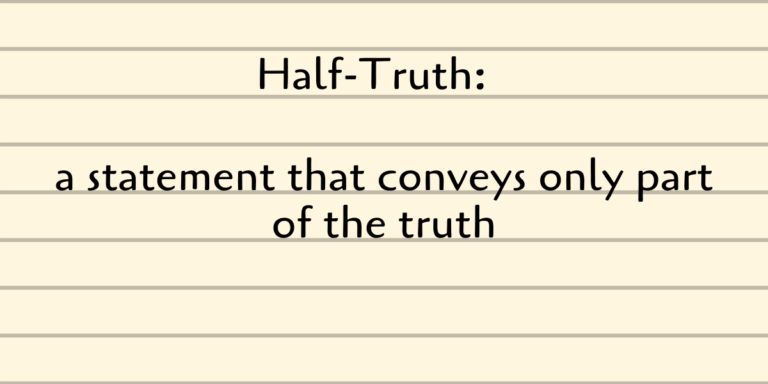Get The Most Out Of Your In-Season Weight Training
In-season weight training can offer huge benefits to athletes when done correctly. I’m not just talking about performing lifts correctly, an in-season weight training schedule that looks at duration, work to rest ratio, and overall goals of the weight training program need to be considered as well.
In-Season Weight Training Questions
For high school athletes, this can be murky waters. The athletes want to please their high school coach, and if they play more than one sport they want to please each coach. Many questions can come up when deciding what’s best for athletes though.
- Do I follow one sports off-season program?
- Do I follow the in-season weight training program for the sport I am playing now?
- Can I lift in the morning and practice hard in the afternoon?
- Should I lift before or after practice?
- How often should I lift or train?
These questions are important for coaches to recognize and address with their athletes. If you don’t address these questions, even if your athletes aren’t asking them directly to you, then you’re leaving critical decisions up to the athlete and whomever they are asking questions: parents, teammates, or just searching the internet.
When you do address questions you need to be sure to come from the perspective of what is recommended in research and what is most beneficial for the health of the athlete and not just your opinion or what you may have done as an athlete.
NBA, College, High School Is It All The Same?
I’m going to take a quick detour to point out a pattern I am seeing in some sports when it comes to training. The broad brush I am going to use covers weight training, personal training, sport-specific training, and practice schedule. There is an overarching theme that what the pro level does must be done at the college level and then must be implemented at the high school level. (It can go down further into youth sport levels as well.)
While the proper technique is beneficial for an athlete at any level, the duration, frequency, and intensity along with the goals of each workout must differ at each level – high school, college, and pro. The main reason for this is the physical maturity and natural ability of the athlete. The teenage athletes who go pro in their sport each year have physical characteristics that almost all other athletes don’t have. When the athlete makes the jump to the professional ranks, possibly even before this, they are under the supervision of a professional sport specific trainer, nutritionist, and a strength and conditioning coach. An average high school athlete and non-division 1 athlete don’t have access to these same resources.
A typical high school athlete is an average athlete who tries to get the most out of what God has given them and has a strong desire to please their coach. In terms of support, they have a coach, part-time athletic trainer, whatever food mom puts in the cupboards and fridge, and a person who tells them to suck it up or is willing to fight their battles for them. This is not a knock on any coach or athletic trainer, they simply don’t have the time and resources major colleges and professionals have. It is crazy to expect them to do the same job as professionals who specialize in certain areas with a very select group of athletes in one sport.
Coming back from the detour, the question of what should a high school coach have an athlete do for in-season weight training must be asked?
Following The Research
Research in the Journal of Strength and Conditioning and the Orthopedic Surgery and Sports Medicine Teaching and Research Foundation have numerous studies or use numerous studies to support the duration and frequency of weight training and plyometric training during in-season training. Here are their findings and recommendations:
- Full body workouts are recommended
- Workouts 20-30 minutes in duration
- Workouts 2x per week
- 48 hours rest between workouts and games
- No lower body workouts 48 hours before a competition – this is due to the chance of injury when muscles have not had proper time to recover.
- Athletes can improve performance using in-season weight training and plyometric training program.
Using these recommendations I have my players use a specific workout we give them. (We also offer pre-season and out-of-season workouts for players who do not play another sport. If the athlete plays another sport we ask them to follow the guidelines outlined by their in-season coach.)
Creating An In-Season Weight Training Workout
As coaches who wear numerous hats don’t think that in-season weight training needs to be complicated or overly time-consuming. If you have a dedicated staff person to work with your players then, by all means, use them. If you don’t, keep the weight training sessions to 20-30 minutes and efficiently use the time you have in the weight room by following the outline below.
Click here for a free workout log to use with your team.
- Frequency: 2x per week
- Exercises: Choose 2 from each group
- Sets: 2
- Reps: 8-12
- Rest: 1:3 (roughly 1-2 minutes)
Upper Body
- Push-Ups
- Pull-Ups
- Bench / Incline Press
- Shoulder Press
- Seated Row
- Pull-Downs
- Bicep Curl
- Tricep Extension
Lower Body
- Squats
- Straight Leg Deadlift
- Calf Raises
- Walking Lunges
- Leg Curls
- Leg Extensions
- Leg Press
Core
- Sit-Ups
- Planks
- Hanging Knee Raises
- Back Extensions
- Leg Raises
Using The Gym As Your Weight Room
I’m a huge fan of using your body weight when training. One of the worst and annoying excuses I hear from athletes is that they couldn’t get into the weight room so they didn’t workout. (This is a close second to when players say they couldn’t get in the gym and that’s why they haven’t gotten better. When did the hoops a the park or in the driveway become off limits?)
Body weight circuit training is a great way to add strength and stamina to a players game. A player can isolate muscle groups using their bodyweight, but generally a player will use multiple muscle groups and the workout will become a full-body workout.
- Frequency: 2x per week
- Exercises: 3 – 4
- Sets: 3
- Time: 15-30 seconds per exercise
- Rest: 1:3 (roughly 2-3 minutes)
Circuit Exercise
- Sit-Ups
- Planks
- Wood Choppers
- Burpees
- Squats
- Squat Jumps
- Quick Feet Line Drills
- Pogo Jumps
- Push-Ups
- Inch Worms
- Jump-Rope
- Wall Sits
There are various other exercises and many different variations of the exercises in the list above that you can use when performing body weight circuit training.
One thing to keep in mind is the amount of time you allow your players to rest between sets. The shorter the rest period the more your players will be doing aerobic training and it will be like a conditioning session. The longer the rest time, the more they will be training anaerobically which relies more on power and strength.
You’ll want to keep the aerobic/anaerobic style of workout in mind in relation to your practice schedule. If it’s a tough grueling practice with a lot of running and cardio work than you’ve already trained them aerobically (or you will be if the practice is after the workout) and an anaerobic session may be more beneficial. If the practice is a bit lighter while you cover new sets and plays and there isn’t much movement you may want to get their heart rate and breathing going with an aerobic session.
An easy way to make sure your players are getting the appropriate amount of work:rest ratio is how you group your players. Let me give you an example:
Aerobic Circuit Training
2 players per group
4 exercises for 20 seconds each
Player 1 – squat jumps, push-ups, planks, lunges
Work time = 80 seconds
Now player 2 performs the circuit
Rest Time = 80 seconds (1 min 20 sec.) for player 1
Player 1 begins set number two
Anaerobic Circuit Training
3 players per group
4 exercises for 20 seconds each
Player 1 – squat jumps, push-ups, planks, lunges
Work time = 80 seconds
Now player 2 performs the circuit followed by player 3
Rest Time = 160 seconds (2 min 40 sec.) for player 1
Player 1 begins set number two
With an additional player in the group, the rest time doubled and the body’s focus went from an aerobic conditioning circuit to an anaerobic conditioning circuit. Players use both forms of exercise in every practice and game they participate in so it is important to recognize that both forms of exercise are important so switching the rest time is alright to do.
Whether you choose to do all of your in-season weight training in the weight room or you choose a bodyweight circuit in the gym you’ll find both will keep your athletes from losing their strength and will help reduce injuries throughout your season.







